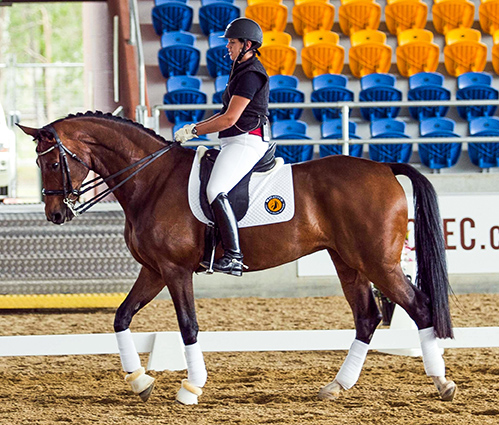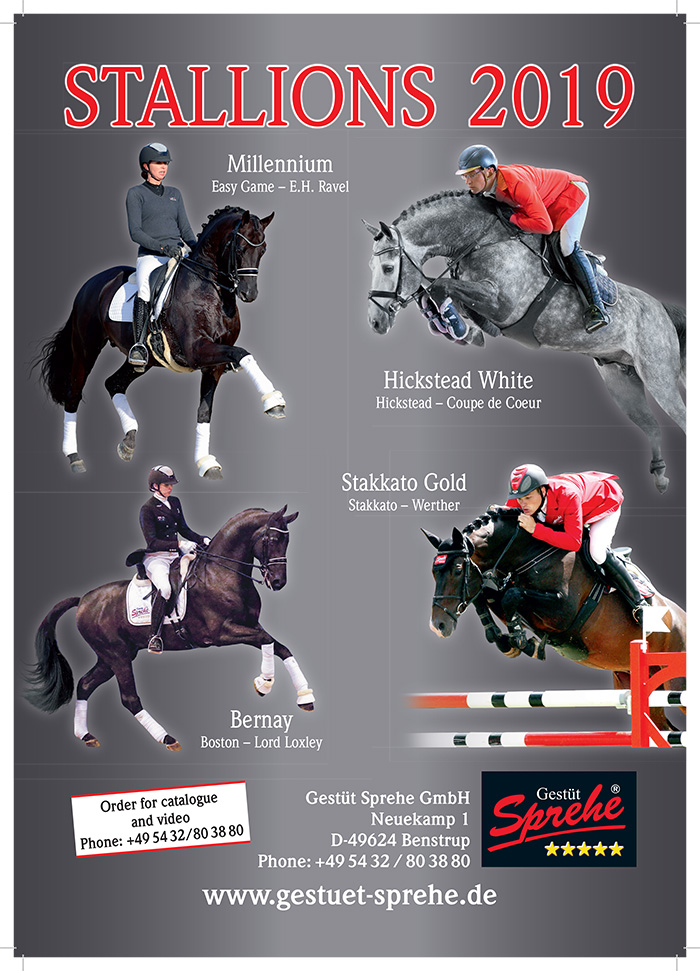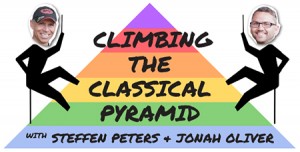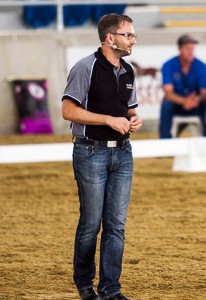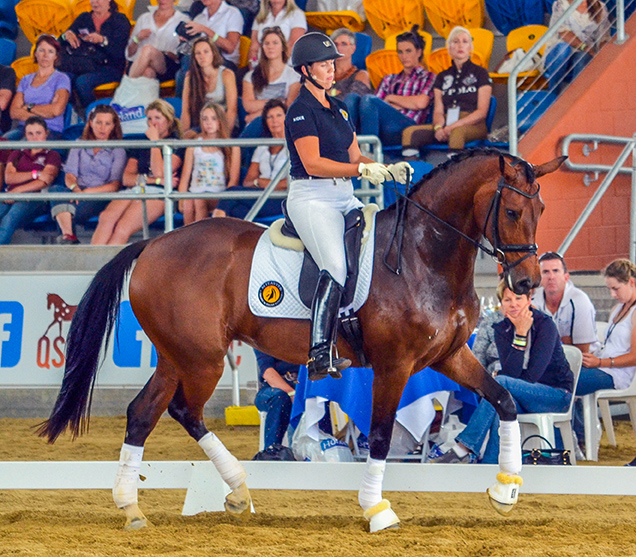The Ultimate Masterclass: Step 4
Story – Karen Hosie Pix – Tricia Osborne & Jennifer Hubbard
Olympic rider and trainer, Steffen Peters and sports psychologist, Jonah Oliver. analyse the progress of six horse and rider combinations as they work through the successive steps of the classical dressage training pyramid during this ground breaking Masterclass.
Last issue we profiled Dolly Joyce and her horse Roosendaal BFD as they concentrated on the third step of the pyramid; Contact – Steady, Light and Even. The important lesson from this training level is that “Contact is about feeling. Connection begins with the leg aid; this creates energy that is transferred from the horse’s hindquarters to the mouth and back to the hands. Correct contact can only be achieved by successfully working through each of the preceding levels of the classical training pyramid. When things go wrong in training, simplify matters by analysing the preceding training levels. Is my horse truly forward of my leg? Will he maintain his rhythm in the gaits without a reminding aid? Analyse the connection, is my horse responsive to my legs, seat and rein aids?”
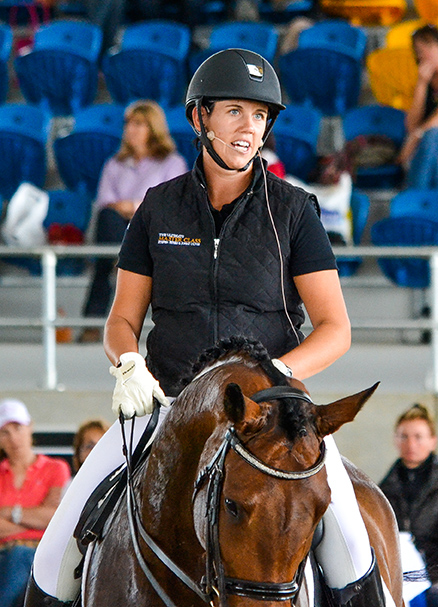
Jonah discussed the fear and anxiety we experience prior to performance, how we correlate unrelated actions this fear causes and how our coping mechanisms often lead to unhelpful and ineffective superstitions. He explained that fear and anxiety are normal and healthy reactions to stress; rather than trying to mitigate these feeling we will be much more effective if we learn how to work through them and perform without them detracting from our performance.
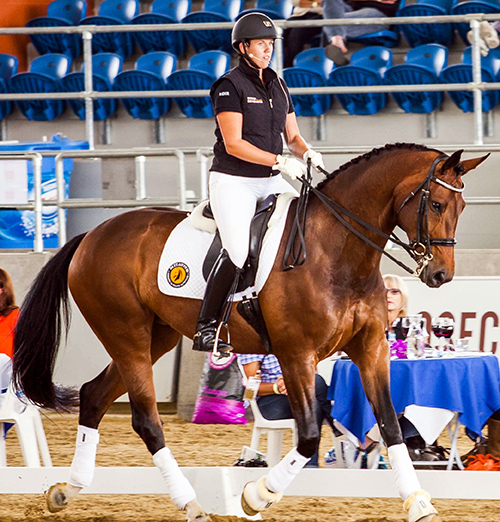
Rider No. 4, Lientje Schuler riding Jaybee Rayana
Story continues below the advertisement
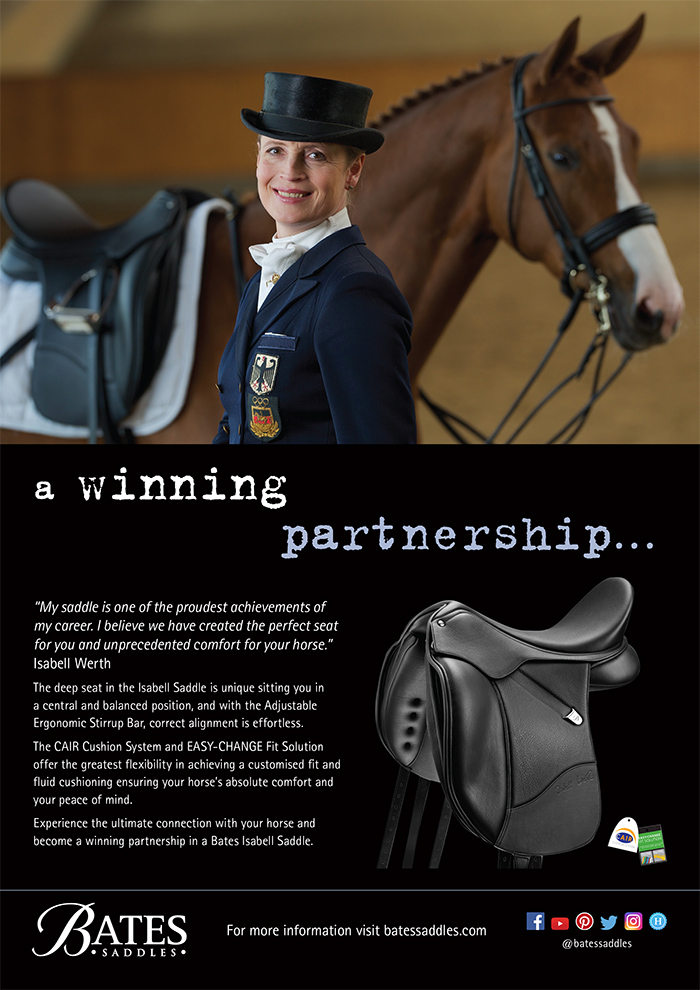
The Classical Dressage Training Pyramid
Step Four: Impulsion – Increased energy and thrust.
Impulsion (Schwung) is the fourth stage of the classical training pyramid and the beginning of the second phase of the horse’s training where thrust is developed in the form of impulsion from the hindquarters; Steffen Peters calls this level ‘finding the gas pedal.’
By now the horse should be moving freely forward, ahead of the leg, in a relaxed manner; the horse should be able to maintain a steady balanced rhythm in all three gaits and should now demonstrate a well established, light and elastic connection with the rider.
The word thrust should be well entrenched in the riders mind as it really exemplifies what this training level represents. Thrust provides propulsive power and lift; increased thrust leads to increased periods of suspension for the horse, which is generated by the ‘rear turbine’, the hindquarters.
Story continues below advertisement
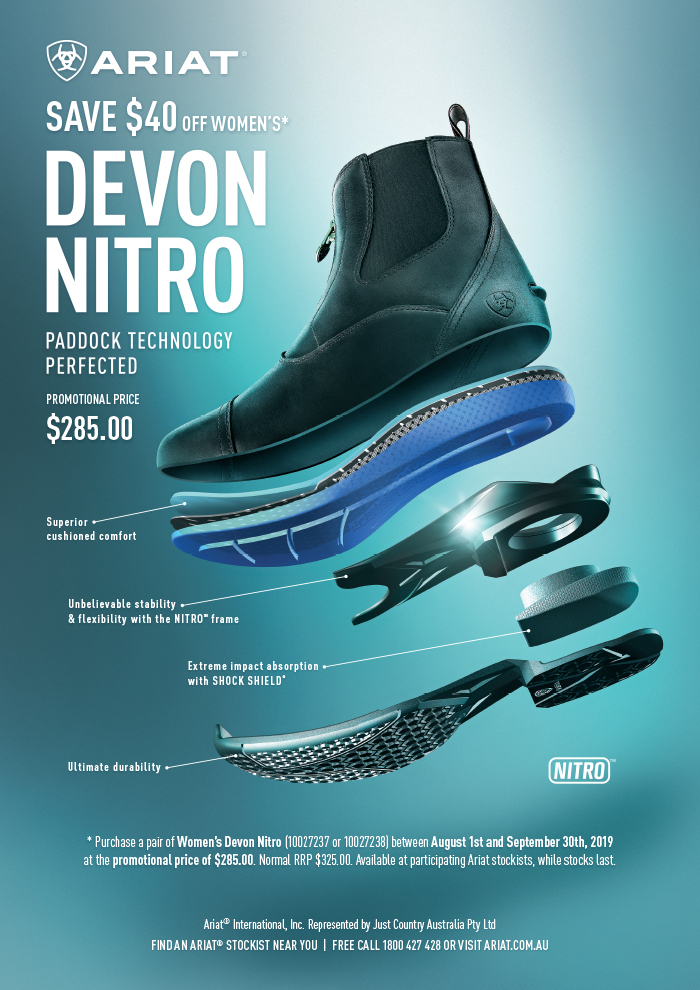
The fourth horse and rider combination is Lientje Schuler riding Jaybee Rayana. Lientje (pronounced Lyn-cha) is Steffen Peters’ assistant trainer at his training facility, Arroyo Del Mar in San Diego. Lientje was born in one of the homes of dressage, Oldenburg, Germany and horses have been her passion since she was old enough to ride. At the age of 12, Lientje told her parents she wanted to be a dressage trainer; by 2005 Harry Boldt was so impressed with Lientje’s potential that he recommended her to Steffen and the two of them have been working together ever since.
Jaybee Rayana (Lizzie) is a seven-year-old Warmblood mare, owned by Ian and Di Brown and ridden by Nicole Magoffin who is currently training Lizzie at medium level. Following Nicole’s time with Steffen in San Diego in 2010, Lientje has been regularly flying to Queensland to hold dressage clinics in Queensland. Lientje has been working with Nicole on Lizzie’s training during 2012 and The Ultimate Masterclass was an excellent opportunity to witness how effectively Steffen and Lientje work and train horse together.
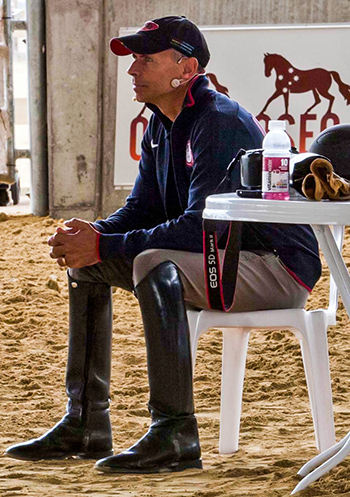
What is your history with training with Lientje?
“I met Lientje when I was training at Del Mar and Lientje has now been coming out to Australia to train us here for nearly 12 months; during these sessions she has ridden Lizzie a few times so knows the horse quite well. Hopefully today you will get to see how amazingly Steffen and Lientje train together at home.”
Steffen has been watching Lientje remaining calm riding Lizzie, although it is evident that the horse is quite nervous being in the arena and has not yet settled.
Steffen:
“What I would love to do before I start training with this horse is to invite our Sports Psychologist Jonah to talk a little about this situation when the horse comes from the warm-up into the show arena and is a bit nervous. How should we deal with the situation, as it is very common and normal. Could you explain to the audience where is the difference mentally between the professional and the amateur?”
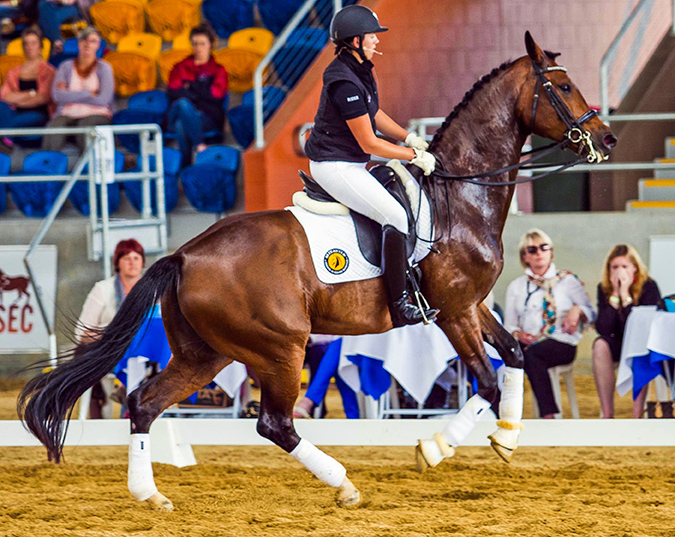
Story continues below the advertisement
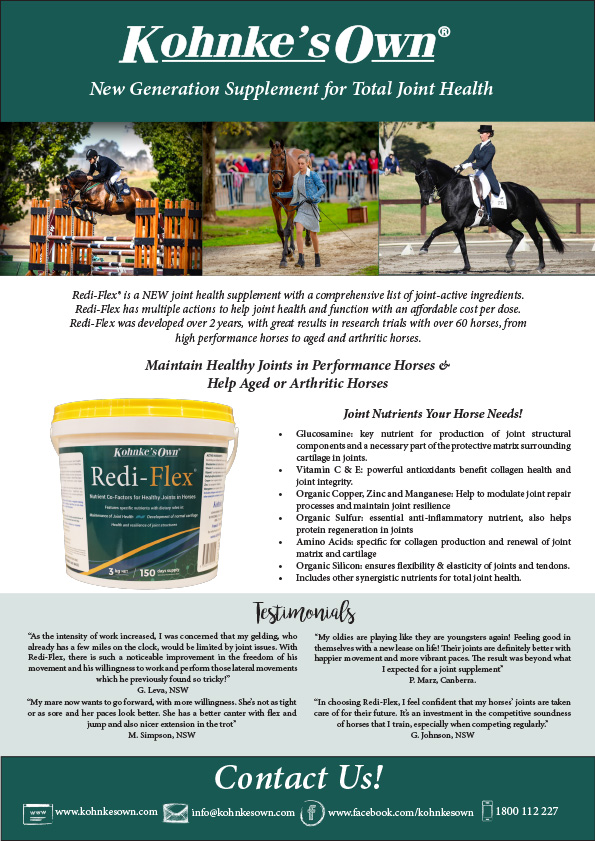
Jonah on the nervous horse
Jonah:
“Well that is a big question and a very important one. In terms of handling difficult situations in sport, normally what separates great athletes from the not-so-great is their capacity for tolerance: not panicking when something does not go right. Not many athletes have that rare opportunity to say everything went perfectly, typically something always goes array. So if I then said every time you ride something slightly unexpected happens, isn’t that the norm. So watching Lientje right now I ask, is she panicking? Does she appear to be worried? Or does she see it as simply part of training and riding a horse. In this mind set of just rolling with it, Lientje can be actively seeking out solutions to problems as opposed to freaking out or becoming embarrassed and thereby becoming part of the problem. Professionals display professional detachment from problems so they can effect solutions, whereas amateurs tend be emotionally affected by problems, which severely limits their ability to find effective solutions.”
Steffen:
“Thank you Jonah, that is a perfect answer. I tend to see problems as training opportunities for myself and the horse. But it is important to view nervousness in horses and/or riders as normal and part of the training. ”
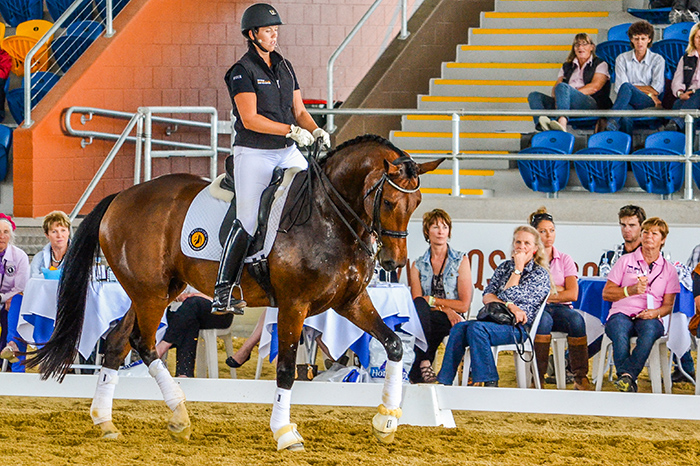
Steffen on teaching and transparency in dressage
“I find myself in so many situations like this with nervous horses and often equally nervous riders as I really love to teach, I don’t just travel and think about the business aspect, I really enjoy it, so I am constantly in front of a crowd. In fact it was back at home only a couple of months ago and a bus rolled in with 20 or so spectators who asked if they could watch us train, and I said, sure you can. I think it is so important that you teach and learn in a way that everybody understands. I want to be so transparent and open about training that my methods and riding make sense to spectators, and the sport doesn’t become a mystery.”
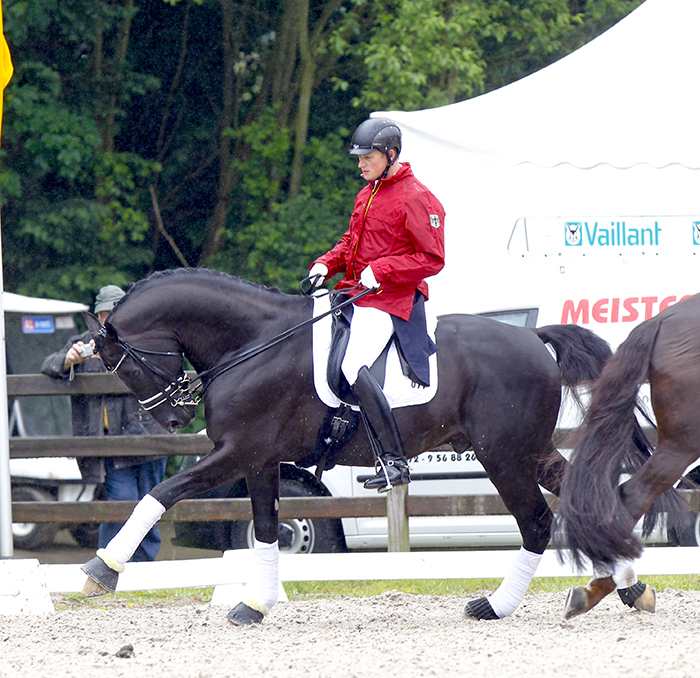
“You know, I just read an article by a German reporter about a certain black stallion that was ridden in rolkur, ridden in a way that was excessive and too strong and the reporter was actually defending the situation by saying that the spectators just don’t understand the sport. I think we are really, really going wrong when we train in such a way that the untrained eye doesn’t understand it. I find it so important that we learn to ride and train in a way that anybody can watch, anytime, any given day; before the Olympic Games or a local show and understand that although we might have to be firm here and there, but that we do it with logical purpose and intent; that it makes sense to anyone who is watching, that we reward the horse afterwards and this will truly take the mystery out of the sport.”
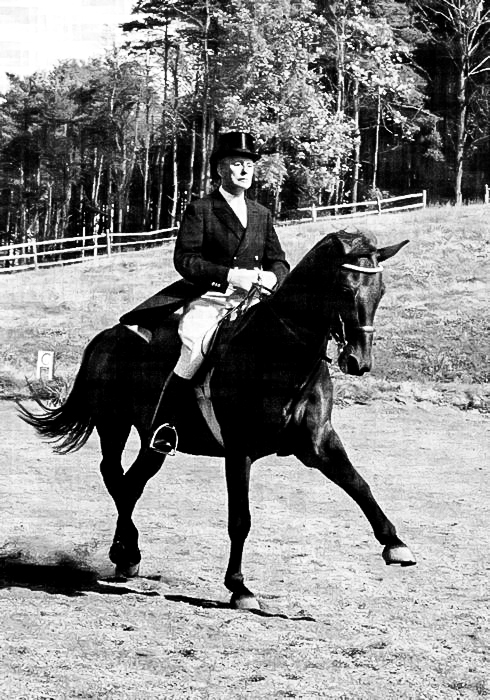
“By engaging the hindlegs with increased driving aids, the rider induces the horse to use his forelegs freely from the shoulders. The artificial cramped stretching of the forelegs, whereby the strides do not gain sufficient ground is wrong and unnatural. The hindlegs must follow the diagonal without stepping sideways or moving too much apart. The increased driving aids, together with the restraining influence of the hands, teach the horse to increase the pace with an elastic back and a supple head and neck position…”
Richard Wätjen Dressage Riding
Story continues below the advertisement
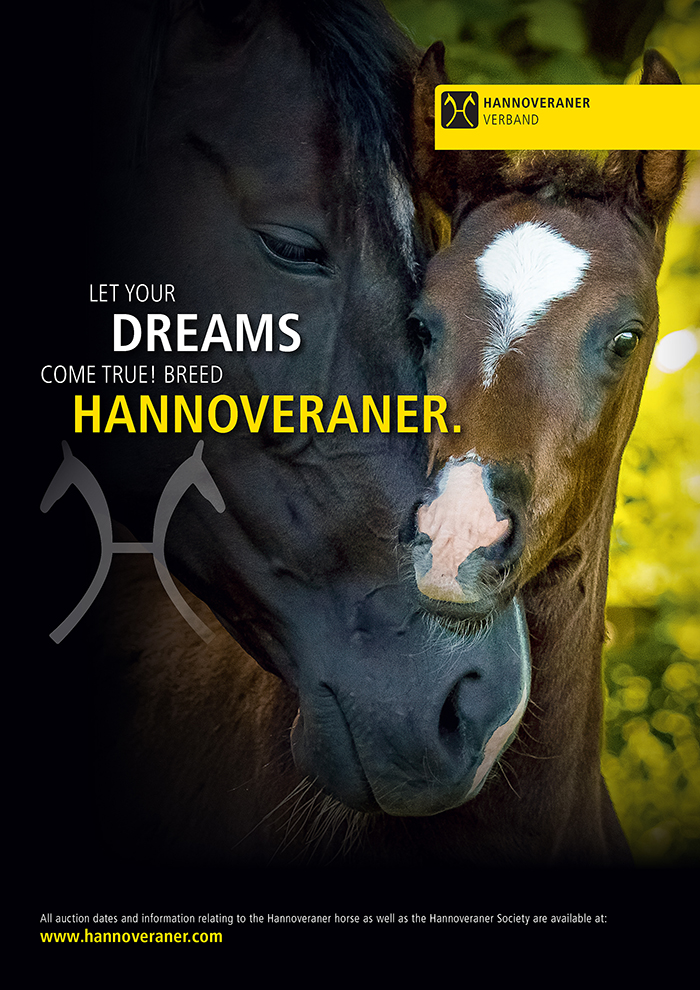
Steffen and Lientje
While Steffen has been talking to the audience Lientje has now calmed Lizzie down by keeping her brain busy. Rather than simply riding circles at the trot Lientje has asked Lizzie to perform various movements but only to test the reaction and then move on. If the horse responds positively to an aid, she is rewarded and then ridden forward again keeping a steady rhythm.
Steffen:
“There are moments when the trainer needs to take a step back, especially when I am working with Lientje who knows exactly the way I would look at this horse and the way I would ride it. But it is Lientje who is feeling the way the horse moves and responds and so sometimes it is not a bad idea for me to keep my mouth shut. We are dealing here with a horse that has a lot of energy, but that is not the same as impulsion. Impulsion is not just energy and forward.”
“Impulsion is all about controlled energy and the connection. When we talk about the connection I am always careful about saying, well the horse has a difficult mouth or that the horse has a tough mouth or jaw, what about the tempo? Is the horse inclined to go so forward that it likes to have the brakes on all the time? When the horse is against the bridle, I always analyse the reason. The first reason might be that the horse is pulling because it is going too strongly forward… The second question to ask is whether the horse is bracing from the under neck, does it simply keep the neck position from the withers too high? Thirdly, has the horse been ridden for too many years too deep, too long and low? So Lientje, a little bit of rising trot now please, if you feel that today is the day to take the spurs off and ride without spurs then let’s do so. It is all about finding the most productive frame for the horse.”
Steffen and Lientje work together to get Lizzie into a balanced frame that allows her energy and thrust from the hindquarters to be effectively channelled through enhanced connection to the bridle and back into Lientje’s hands. They do this quite simply by continually challenging her to use her brain: when the horse is too high, they keep changing the gaits until Lizzie concentrates and listens, when this happens she naturally comes down. When she gets too low Lientje pushes her forward, lightens her hands and once again keeps testing her reactions to the aids. When the horse’s brain is engaged she assumes a much more balanced frame.
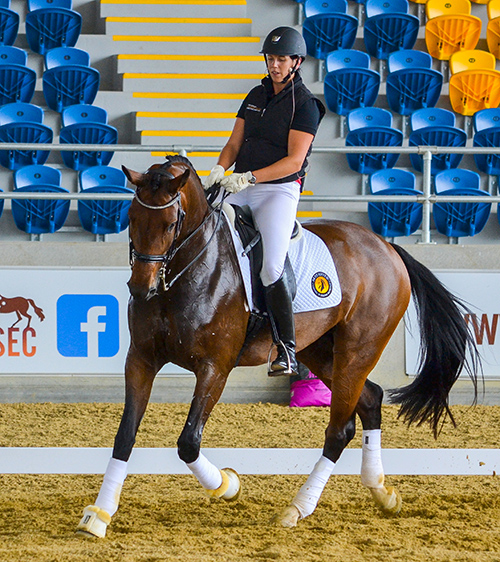
Steffen:
“Can we engage the hind legs more in the sitting trot? Absolutely. It is time for that, yet it is not. If the horse is not relaxed enough, if the tempo is not steady enough and the horse’s frame is too high, or too low, it is not the time to sit and push. You cannot simply create effective impulsion from the hindquarters until the horse is relaxed and balanced. The horse must be working in a steady rhythm and the connection needs to be effective, that is when the horse is working in its most productive frame. Do the hind legs need to be more engaged? Absolutely. But if we sit right now and push the horse before it is ready, we lose some trust, lose the relaxation and our horse become less rideable in the show arena. Then we see these horses that do some spectacular movements, but don’t walk anymore or overpower us and break to the trot. We need to think more about the rideability and what it takes to get a cleaner test; obtaining expression because of relaxation, not expression because of tension.”
Story continues below the advertisement
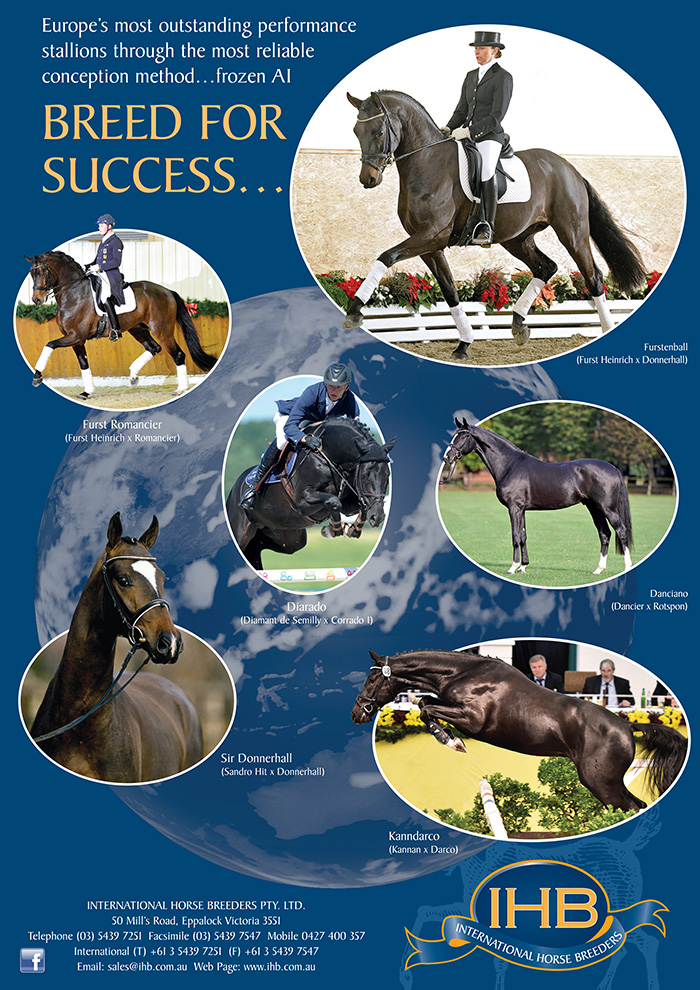
The take-home messages from this training session are:
Tolerance and the ability to seek solutions to problems, rather than becoming stressed and therefore part of the problem, is what separates the professional from the amateur rider. We all have the ability to adopt professional detachment, it just takes practice.
Every day provides new challenges with your horse but these are all training opportunities and therefore positive learning experiences, provided a professional attitude it adopted.
Training needs to be flexible and based on the feeling you get as you ride. Ensure that you cover the basic principles first:
Is my horse supple and relaxed?
Am I able to maintain a steady rhythm in the gaits without either reinforcing the aid or working to steady the horse?
Is the horse working in the most productive frame?
Impulsion is not simply energy or forward; impulsion is the effective engagement of the hindquarters in a balanced, relaxed and connected frame.
